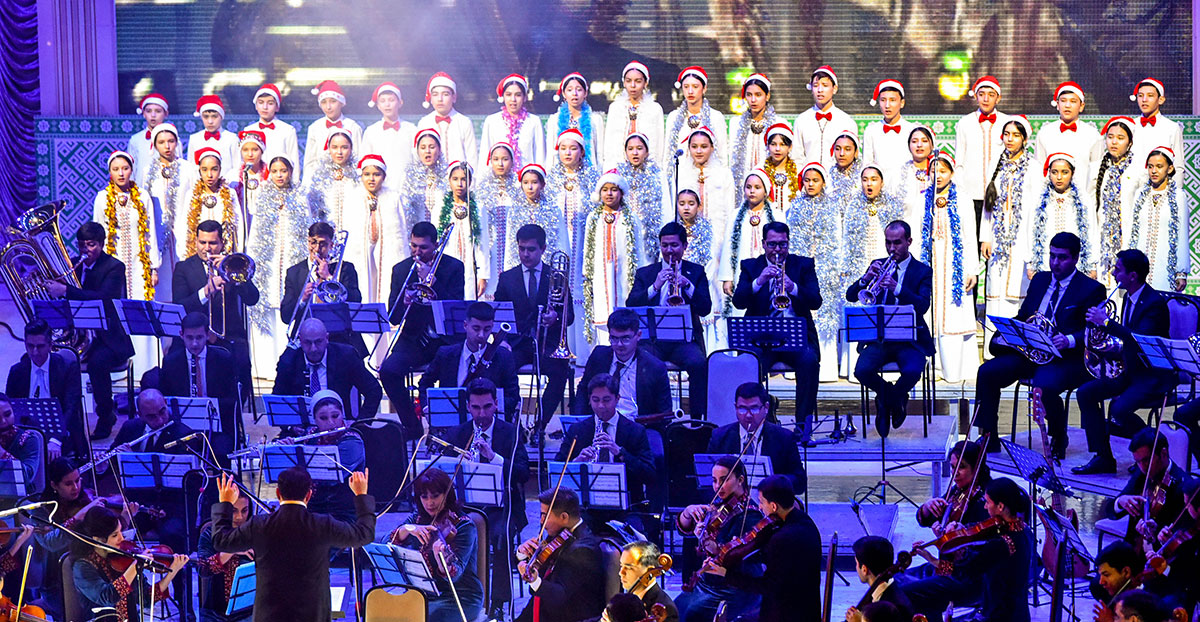"The Great Hill" known as the ancient city of Ulug–depe, has become the centerpiece of a new exhibition opened at the State Museum of Fine Arts of Turkmenistan.


The exhibition dedicated to the 30th anniversary of the Turkmen-French Archaeological Mission (MAFTUR) has received a permanent place in the Museum and includes important finds that made on a historical monument located in the Akhal Velayat, in the Kaakhka etrap, in the village of Dushak.



The research which is started by French Professor Olivier Leconte in cooperation with the Ministry of Culture of Turkmenistan and the National Department for the Protection, Study and Restoration of Historical and Cultural Monuments has led to interesting discoveries


Ulug-depe is a unique archaeological site where stratigraphy reflecting more than 5 thousand years of history of Turkmenistan. Here, the layers of human habitation rise to a considerable height and cover a vast area, which makes Ulug-depe one of the few places in Central Asia and in the world with such a long cultural chronology on one site.



Valuable finds testify to the results of population migrations and the evolution of ancient human societies, which consistently replaced each other over a long period.
- All artefacts that presented at the exhibition have been studied and restored by our specialists," said Ahmed Khalmuradov, director of the "Abiverd" State Historical and Cultural Reserve. – The results of the research allow us to compare Ulug-depe with such monuments as Altyn-depe, Namazga-depe and Gonur-depe. Today, this monument is considered as one of the new cultural centers not only of Turkmenistan, but also of Central Asia, since it covers many cultural layers, starting from the Bronze Age and ending with the Parthian period.


The importance of Ulug-depe research in a multi-layered context was also emphasized by the famous archaeologist Victor Sarianidi, who conducted research here. Unfortunately, both Victor Sarianidi and Olivier Leconte have already left this world. However, their heritage lives on, and the findings collected to inspire confidence to continuation of the current excavation strategy in the years ahead is a necessary step that will contribute to the further development of the site and increase its chances of recognition as a UNESCO's World Heritage Site.



The Turkmen-French Archaeological Mission (MAXTUR) was established on the occasion of the visit of the President of France Francois Mitterrand to Ashgabat in April 1994, the first visit of a Occidental leader to Independent Turkmenistan. Currently, the mission operates within the framework of a cooperation Agreement signed between the Ministry of Culture of Turkmenistan and the National Museum of Natural History in Paris.


The head of MAFTUR on the Turkmen side is Muhammed Mammadov, head of the National Department for the Protection, Study and Restoration of Historical and Cultural Monuments of Turkmenistan, and on the French side the mission is headed by archaeologist Julio Bendezu-Sarmiento.
The opening of the permanent exhibition, which includes more than 230 artifacts, such as anthropomorphic figurines, household items and valuable artifacts from burials, was possible with the support of the "Bouygues Turkmen" company.











